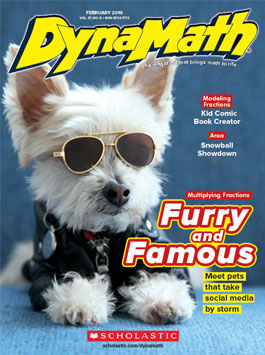While working on DynaMath, I’ve worked on a LOT of word problems. I’m with your students; I wish there was a fast, fail-safe method for solving word problems. (Even better, a fast, fail-safe method for WRITING them!) But take it from me: There’s no substitute for thinking.
Using keywords—associating particular words with certain operations—may seem like a quick and straightforward problem-solving strategy. I was surprised to learn that we should be wary of teaching them. Here’s why:



